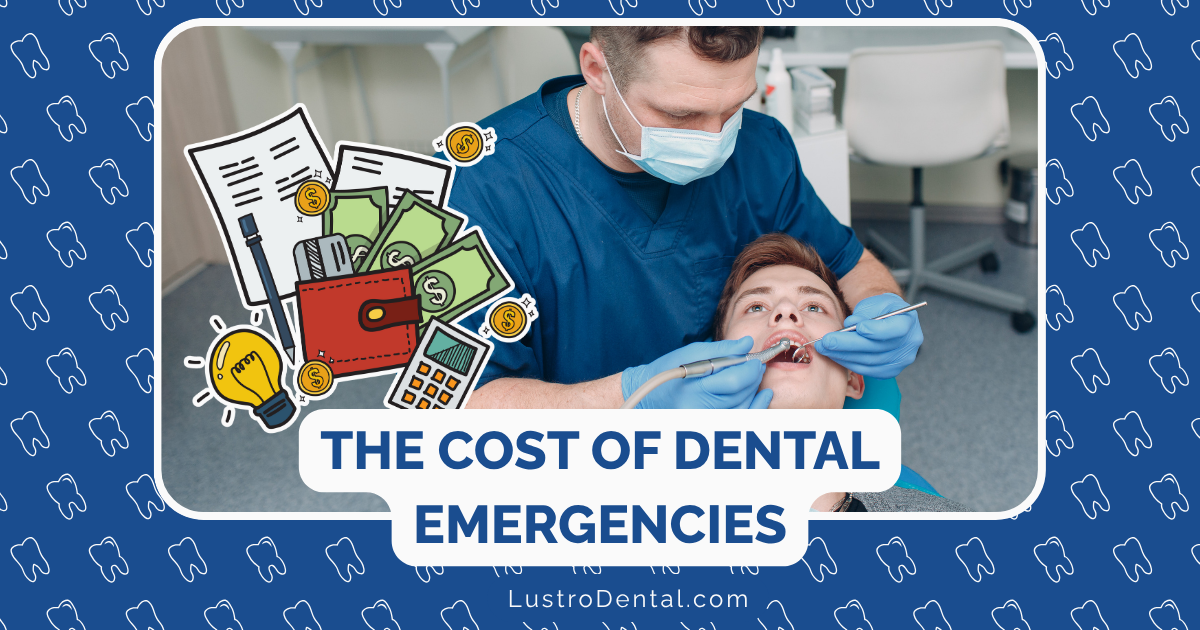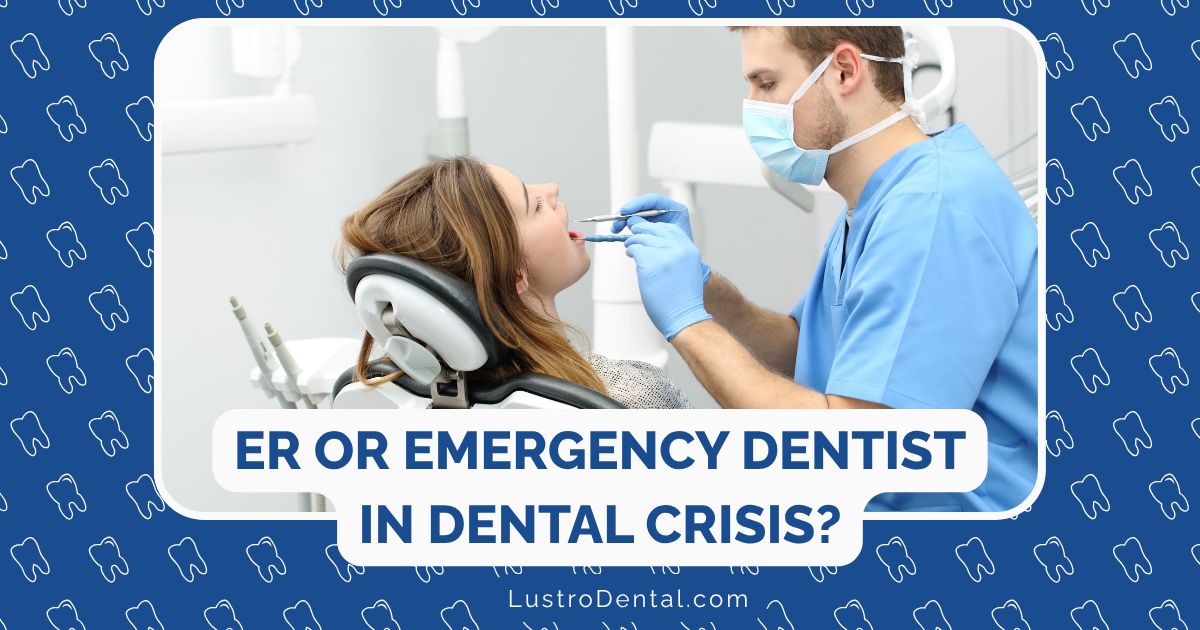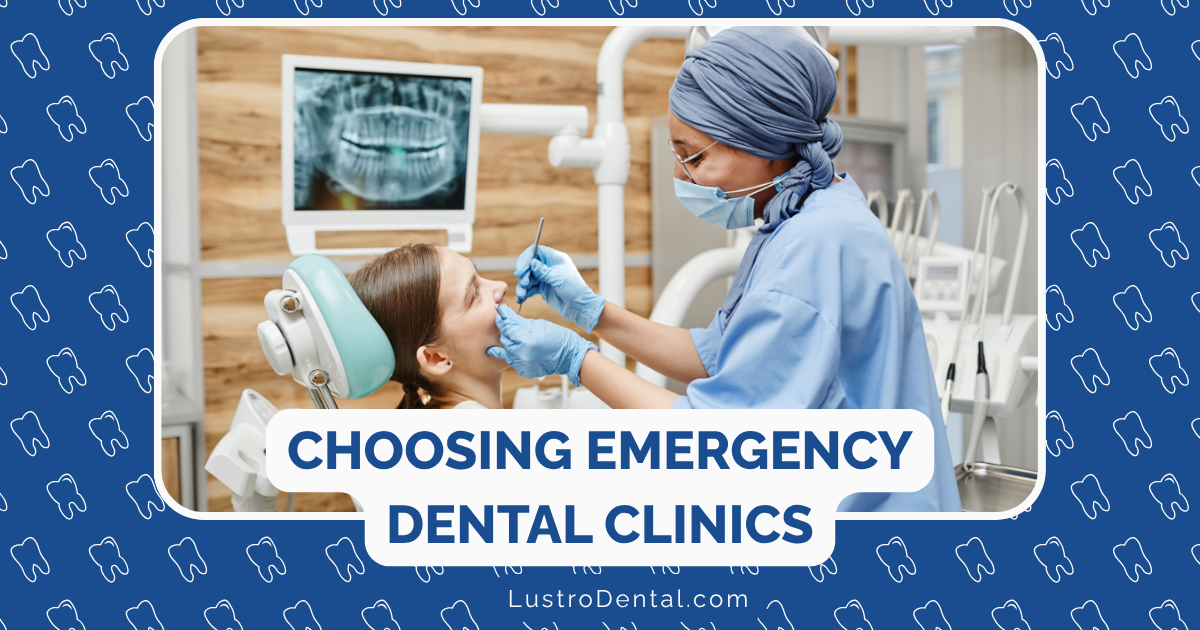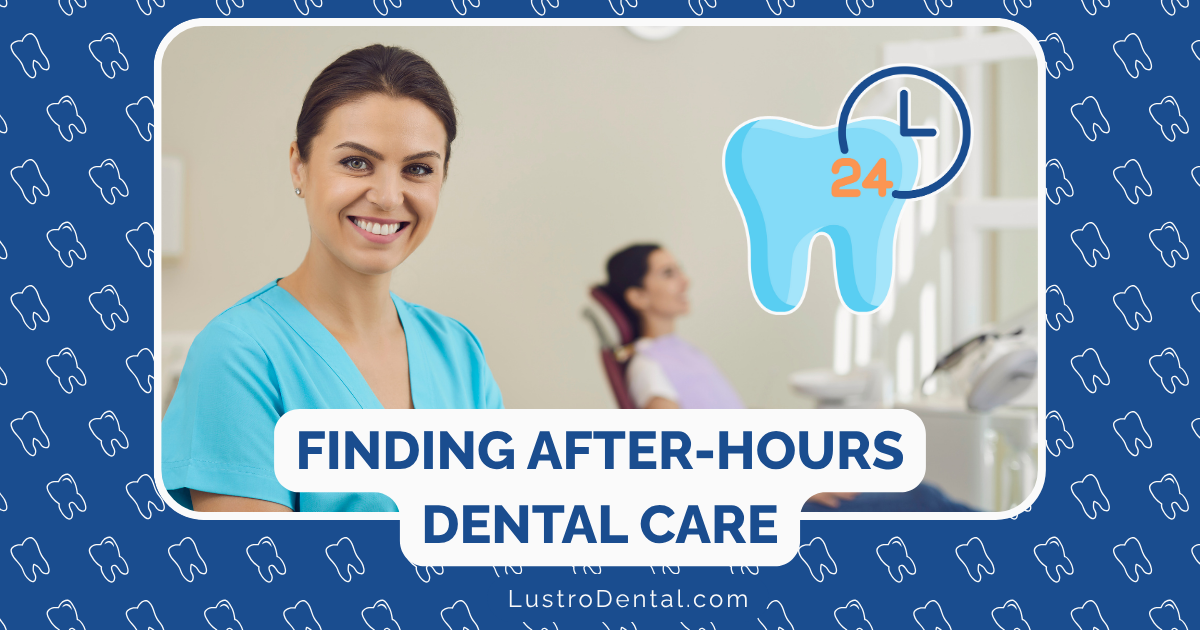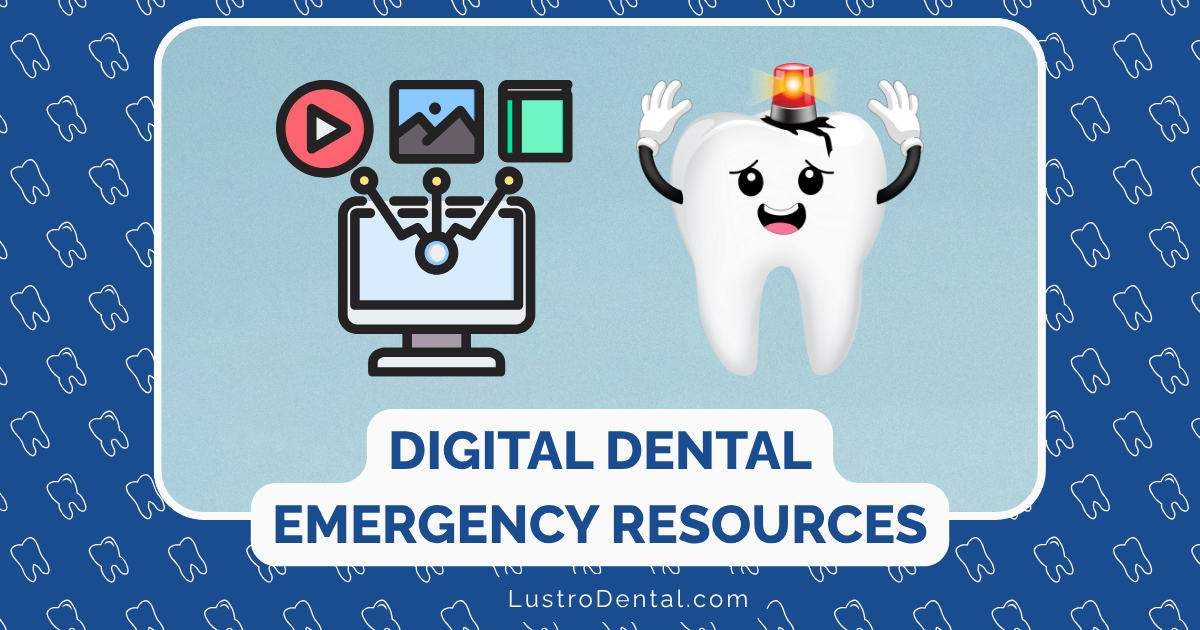Dental Emergency While Traveling: Finding Care Away from Home

Picture this: You’re finally on that dream vacation in Barcelona, savoring authentic paella and admiring Gaudí’s architecture when suddenly—a shooting pain radiates through your jaw. Or perhaps you’re on a critical business trip to Tokyo when your crown pops off during dinner with clients. Maybe you’re exploring remote villages in Thailand when you notice your cheek beginning to swell from a possible infection.
Dental emergencies never happen at convenient times, but they’re particularly distressing when you’re far from home, unfamiliar with local healthcare systems, and possibly facing language barriers. As someone who’s helped countless patients navigate dental emergencies both at home and abroad, I understand the unique challenges travelers face when dental problems arise.
The good news? With proper preparation and knowledge, you can effectively handle dental emergencies anywhere in the world. Let’s explore how to find quality dental care when you’re away from home, navigate foreign dental systems, and minimize disruption to your travel plans.
Common Dental Emergencies While Traveling
Before diving into solutions, let’s identify the dental emergencies most commonly experienced by travelers:
1. Toothaches and Infections
Travel often involves changes in routine, diet, and sometimes even water quality, which can trigger dormant dental issues or exacerbate existing ones. Long flights can also increase tooth sensitivity due to cabin pressure changes.
2. Lost Fillings or Crowns
The combination of different foods, time zone adjustments affecting medication schedules, and sometimes the simple relaxation of vacation can lead to loosened dental work.
3. Broken or Chipped Teeth
Adventure activities, unfamiliar foods (olive pits in that authentic Mediterranean salad, anyone?), or even something as simple as a slip on unfamiliar terrain can lead to dental trauma.
4. Orthodontic Emergencies
Travelers with braces or other orthodontic appliances may experience broken wires, loose brackets, or irritation that requires professional attention.
5. Temporomandibular Joint (TMJ) Flare-ups
Travel stress, sleeping in unfamiliar beds, and long journeys can trigger jaw pain for those with TMJ disorders.
Dr. Lisa Wong, international dental consultant at the Global Dental Travel Association, notes: “The change in routine during travel often reveals dental problems that might have been developing unnoticed at home. Combined with being in an unfamiliar environment, this creates a perfect storm for dental emergencies.”
Immediate Steps to Take During a Dental Emergency Abroad
When a dental emergency strikes while traveling, these initial steps can help manage the situation until you can find professional care:
For Toothaches and Pain
- Rinse gently with warm saltwater (1/2 teaspoon salt in 8 oz water)
- Take appropriate pain relievers – ibuprofen (Advil, Motrin) works well for dental pain due to its anti-inflammatory properties
- Apply a cold compress to the outside of your cheek (20 minutes on, 20 minutes off)
- Use dental-specific over-the-counter products like Orajel for temporary relief
- Avoid very hot, cold, or sweet foods and beverages that might worsen pain
For Lost Fillings or Crowns
- Keep the crown or filling if you have it
- Clean the affected tooth gently with warm water
- For a lost crown: Temporary dental cement from pharmacies (available internationally under brands like Dentemp) can be used to reattach it
- For a lost filling: Temporary filling material can protect the exposed area
- Avoid chewing on the affected side
For Broken or Chipped Teeth
- Rinse your mouth with warm saltwater
- Save any broken pieces if possible, storing them in milk or saliva
- Cover sharp edges with dental wax or sugar-free gum in a pinch
- Apply a cold compress to reduce swelling
- Take over-the-counter pain relievers as needed
For Knocked-Out Teeth
- Handle the tooth by the crown (white part), not the root
- Gently rinse without scrubbing if it’s dirty
- Try to reinsert the tooth into its socket if possible
- If reinsertion isn’t possible, store in milk, saline solution, or between your cheek and gum
- Seek emergency dental care immediately – time is critical (ideally within 30-60 minutes)
Essential Travel Dental Emergency Kit
A compact dental emergency kit can be a lifesaver when traveling. Consider including:
- Over-the-counter pain relievers (ibuprofen, acetaminophen)
- Temporary dental cement for recementing crowns
- Temporary filling material for lost fillings
- Dental wax for covering sharp edges or broken orthodontic appliances
- Oral anesthetic gel (like Orajel) for temporary pain relief
- Salt packets for making saltwater rinses
- Small dental mirror for examining hard-to-see areas
- Dental floss for removing trapped food
- Cotton balls and gauze for controlling bleeding or applying medication
- Contact information for your home dentist
- Dental insurance information and international coverage details
Most of these items are available at pharmacies worldwide, but having them on hand saves precious time during an emergency.
Finding Emergency Dental Care Abroad
When self-help measures aren’t enough, here’s how to find qualified dental care wherever your travels take you:
1. Utilize Hotel Concierge or Local Contacts
Hotel staff, especially at establishments catering to international travelers, often maintain lists of English-speaking healthcare providers, including dentists. They can make appointments and sometimes even arrange transportation.
2. Contact Your Dental Insurance Provider
If you have dental insurance with international coverage:
- Call the international emergency number on your insurance card
- Ask for in-network providers in your current location
- Inquire about direct billing options to avoid out-of-pocket expenses
3. Use Embassy or Consulate Resources
Your country’s embassy or consulate can provide lists of local healthcare providers who speak your language. The U.S. Department of State maintains such lists for American citizens traveling abroad.
4. Leverage Dental Association Networks
Many national dental associations have reciprocal relationships with their international counterparts. The International Association for Dental Research can sometimes provide referrals to qualified dentists worldwide.
5. Use Technology and Apps
Several apps and websites can help locate dental care internationally:
- DentaGama: Connects travelers with verified dentists globally
- Doctoralia: Worldwide directory of healthcare providers with reviews
- TeleDentistry platforms: Services like The TeleDentists offer virtual consultations that can help assess the urgency of your situation
6. Seek Recommendations from Expatriate Communities
Expatriate forums, Facebook groups, and communities like InterNations can provide personal recommendations for dental care based on firsthand experience.
Navigating Language Barriers
One of the most challenging aspects of seeking dental care abroad is communication. Here are strategies to overcome language barriers:
1. Translation Tools and Apps
- Google Translate: Download the language pack for offline use
- Medical translation cards: Printable cards with dental terminology in multiple languages
- Visual pain scales: Universal tools to communicate pain levels without language
2. Medical Interpreter Services
- Phone-based medical interpreters: Services like LanguageLine offer on-demand professional medical interpreters
- Video remote interpreting: Available through various providers and some insurance plans
3. Dental-Specific Communication Strategies
- Point to the affected area on a dental chart (available as printable resources or apps)
- Use universal terminology like “pain” while pointing to the area
- Bring photos of your dental work from home if available
Dr. Michael Chen, international dental care specialist at Global Health Dental Network, advises: “Even with language barriers, dental professionals worldwide use similar diagnostic approaches. Visual examination, x-rays, and universal dental charting systems help bridge communication gaps when words fail.”
Insurance and Payment Considerations
Understanding your coverage and payment options before an emergency occurs can save considerable stress:
Travel Insurance with Dental Coverage
Many travel insurance policies include emergency dental coverage, but benefits vary widely:
- Coverage limits: Typically range from $500 to $1,000 for emergency dental care
- Covered services: Usually limited to pain relief and emergency treatment, not restorative work
- Documentation requirements: Keep all records, receipts, and clinical notes for reimbursement
According to InsureMyTrip, most comprehensive travel insurance policies cover emergency dental treatment but may exclude routine care or pre-existing conditions.
International Dental Insurance Options
For frequent travelers or those on extended trips:
- GeoBlue: Offers comprehensive international health insurance including dental emergencies
- Cigna Global: Provides add-on dental coverage to international health plans
- Allianz Global Assistance: Offers plans with emergency dental benefits
Payment Methods Abroad
Be prepared with multiple payment options:
- Credit cards: Widely accepted but check for foreign transaction fees
- Cash: Some dental offices, especially in developing countries, may offer discounts for cash payments
- Wire transfers: May be required for larger procedures
- Payment plans: Less common internationally but available in some locations
Preventive Measures Before Travel
The best dental emergency is the one that never happens. Before your trip:
1. Schedule a Pre-Travel Dental Checkup
Visit your dentist 3-4 weeks before departure to:
- Address any potential issues before they become emergencies
- Get recommendations specific to your dental health and travel destination
- Update any necessary treatments
2. Update Your Dental Records
- Request digital copies of recent x-rays
- Have a summary of your dental history and current conditions
- Get a list of current medications and allergies
- Note any special considerations (e.g., implants, specific materials used)
3. Research Your Destination
- Understand the general quality of dental care available
- Identify areas with higher standards if traveling to developing regions
- Learn basic dental terminology in the local language
4. Verify Insurance Coverage
- Confirm what dental emergencies are covered internationally
- Understand the claims process and documentation needed
- Save emergency contact numbers in your phone and on paper
Real Traveler Experiences and Solutions
Learning from others’ experiences can provide valuable insights:
Case Study: Sarah’s Crown Emergency in Italy
While enjoying gelato in Rome, Sarah’s crown came loose. Through her hotel concierge, she found an English-speaking dentist who temporarily recemented the crown for €80. The dentist provided documentation that her U.S. insurance later partially reimbursed. Sarah’s advice: “Always ask for detailed receipts and treatment notes in English if possible.”
Case Study: Michael’s Infection in Thailand
During a two-week tour of Southeast Asia, Michael developed a dental abscess. Using the International Association for Medical Assistance to Travelers (IAMAT) directory, he located a qualified dentist in Bangkok who performed an emergency root canal. Michael’s travel insurance covered 80% of the cost. His tip: “Research international dental care resources before your trip, not during a painful emergency.”
Case Study: Elena’s Braces Emergency in Japan
When a bracket broke on Elena’s braces during a business trip to Tokyo, her company’s international health insurance provider connected her with an orthodontist through their telemedicine service. The video consultation determined it wasn’t urgent, and the orthodontist recommended covering the sharp edge with dental wax until Elena returned home. She shares: “Teledentistry saved me hours of searching for an orthodontist in a foreign country.”
Special Considerations for Different Types of Travel
Business Travel
- Research dental options near your business destinations in advance
- Check if your company’s health insurance includes international dental coverage
- Consider scheduling meetings with buffer days to accommodate potential dental issues
Adventure Travel in Remote Areas
- Pack a more comprehensive dental emergency kit
- Research the nearest major cities with quality dental care
- Consider evacuation insurance that covers medical/dental emergencies
Family Travel with Children
- Bring pediatric dental pain relievers
- Have contact information for pediatric dental specialists at your destination
- Pack extra supplies for children with orthodontic appliances
Conclusion: Being Prepared Makes All the Difference
Dental emergencies while traveling can be stressful, but with proper preparation and knowledge, they don’t have to ruin your trip. By understanding how to manage initial symptoms, knowing how to find qualified care, and having the right insurance coverage, you can handle dental emergencies effectively wherever your travels take you.
Remember that the quality of dental care varies widely around the world, but major tourist destinations and urban centers typically offer excellent care, often at lower prices than in the United States. Many travelers are surprised to find that dental emergencies abroad can sometimes turn into positive experiences, showcasing the universal care and professionalism of the global dental community.
Before your next adventure, take time to prepare your dental emergency strategy. Your future traveling self—possibly in pain and far from home—will thank you for your foresight.
Have you experienced a dental emergency while traveling? Share your story and tips in the comments to help fellow travelers prepare for the unexpected!


